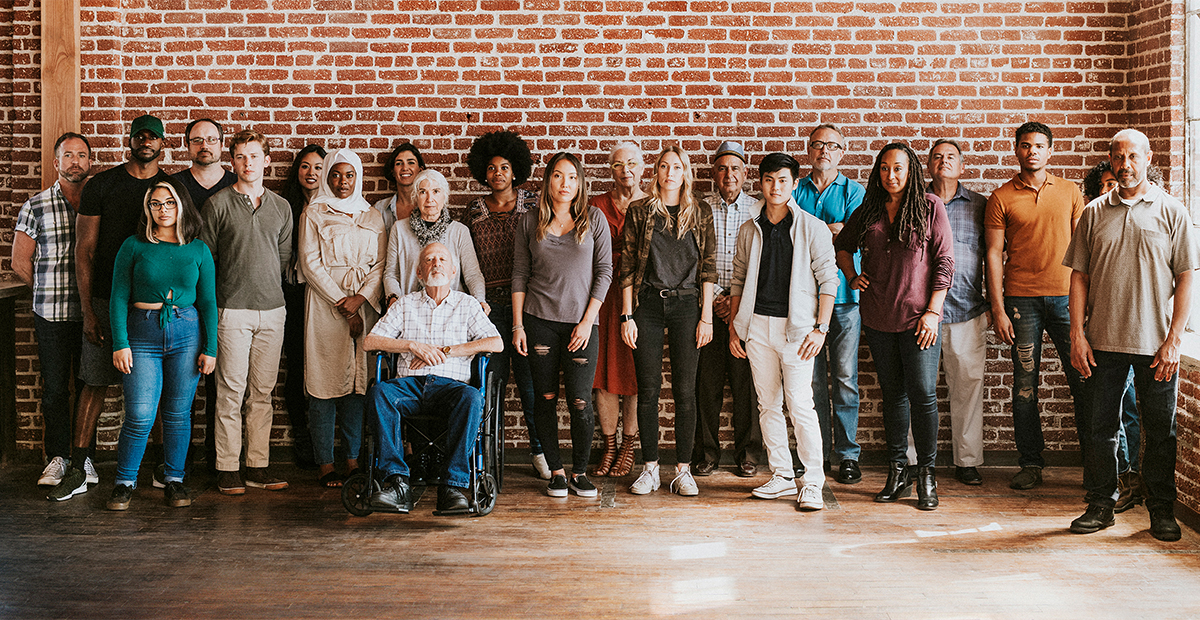May 3, 2024
In the wake of George Floyd’s murder in 2020, many companies recognized the moral imperative of addressing systemic racism by advancing diversity, equity and inclusion (DE&I) within their organizations. Since then, recent political and social tensions have prompted a reexamination, or even a reduction, of those commitments. As DE&I has become more politicized, attacks on its value are extending beyond the boardroom and may soon profoundly impact the health of diverse communities.
Earlier this month, a bill was introduced in the House of Representatives to ban federal funds, including student loans, for medical schools that “direct, compel, or incentivize students, faculty, or staff personally state, pledge, recite, affirm, or otherwise adopt” DE&I practices. This news confirms that we can’t stop talking about and prioritizing DE&I because in healthcare, DE&I is a matter of life and death.
A Healthcare Imperative
As communicators, we’re charged with getting information on lifesaving drugs and therapies into the hands of those who need them most. As studies have shown, Black, Hispanic and Indigenous American people are up to two times more likely than white people to have major chronic conditions like cancer, diabetes, asthma and heart disease.
Shifting demographics in the U.S. show that the nation is diversifying even faster than predicted, especially among younger generations. Since many chronic health conditions disproportionately impact communities of color, accelerating health equity starts with a commitment to DE&I. When we look at communications through a DE&I lens and ensure that teams along every step of the healthcare journey – from the clinic to the communicators – reflect the communities we’re trying to reach, that’s how we support health equity.
Political pressure on medical schools to eliminate DE&I practices endangers community health since it’s proven that healthcare messages inspire action when they are culturally relevant and when the “messengers” look like and share the lived experiences of their audience. Recent research from the National Bureau of Economic Research found that Black men seen by Black doctors agreed to more preventive services than those seen by non-Black doctors, and they also found that better communication and more trust played a role in this effect.
The DE&I Evolution
While DE&I roles in organizations increased by 55% in 2020, research shows a 33% attrition rate for these positions at the end of 2022. While the term “DE&I” has become polarizing, the importance of what it conveys – embracing differences, creating a more just world and empowering belonging – cannot be understated. As a result, some corporations are simply reframing, rather than eliminating, their programs in recognition of all that would be lost in rolling back DE&I initiatives.
Diverse teams are critical for reaching diverse communities in meaningful ways. When we champion DE&I, we’re championing a healthier world for everyone. Today, it’s more important than ever to double down on DE&I and do it right.
DE&I Best Practices
We’ve seen the costs and challenges of DE&I missteps from well-meaning corporations. From lawsuits to boycotts, the backlash has made some companies unsure or reluctant to embrace DE&I, internally and externally. When DE&I efforts flop, it’s often due to several factors: lack of community engagement, lack of authenticity, inadequate resourcing or because diverse teams were not brought to the table. Lived experience must be authentic. Brands must also tread lightly on external storytelling that prioritizes recognition for their efforts over impact.
Effective, authentic DE&I programs begin with careful listening and a thorough audit of a company’s position and positioning before jumping in with both feet. When counseling clients in creating DE&I strategies, we always ask this set of key questions:
1) What is your history and/or stated commitment?
2) Where are you on your DE&I journey right now?
3) What actions have you taken already?
4) How much groundwork (e.g., research, listening) have you done on this matter or with this campaign?
5) How well do you know your audience?
Costs of Not Re-Committing to DE&I:
The COVID-19 pandemic and, before that, the global HIV/AIDS crisis showed us how connected our health is globally. Our quest to keep our communities healthy and thriving requires a commitment to those outside our circle, too. The gaps in health equity come at a substantial economic cost: the National Institutes of Health reports that the total burden of racial and ethnic health disparities in 2018 was $451 billion and $1,377 per person. These gaps also put the health and well-being of future generations at risk. A commitment to diversity, equity and inclusion is critical to building the workforce needed to achieve health equity on a global scale, and the costs of abandoning that now are way too steep.
